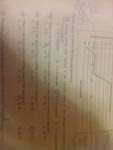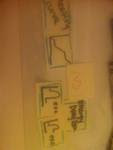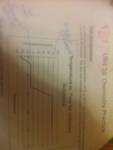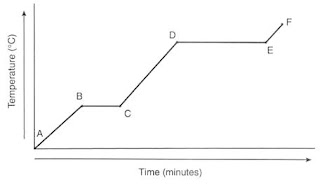






Today for class we went to the auditorium to watch Mythbusters for a chem day. The Mythbusters episode was called "Crime & Mythdemeaners" and had to do with different security systems. We had to fill out a sheet with 30 questions having to do with the video.
The first part of the episode had to do with a fingerprint lock. They tried different methods of copying a fingerprint in order to trick the fingerprint lock. One of the questions we had to answer was:
What material was most like human skin?
Ballistic Gel
Ballistic gel was used to make a fingerprint very similar to a human fingerprint so they could fool the sensor on the door.
The second part of the mythbusters episode had to do with thermal motion alarms. Thermal motion alarms take an average room temperature reading, and are set off when the temperature is changed by the presence of a person.
The third part of the mythbusters episode tested out an ultrasonic motion detector. The motion detector is set off when someone walks past it. The mythbusters thought that if the person is undetectable than the alarm would not go off. They tested this theory by having someone walk through the room with a big white sheet over them, and the alarm did not go off.
In the final part of the mythbusters episode the final myth had to do with filling up a safe with water than dropping an explosive with nitroglycerin into it making the door fly off with a huge explosion. This myth came from a movie where this was done, and the villain got away with the goods inside. After numerous failed attempts the mythbusters finally got everything to work our just how they wanted. At the end they finally dropped the explosive into the water like the movie, and a huge explosion made the door go flying. Everything on the inside of the safe was destroyed though so the movie was not too realistic.
